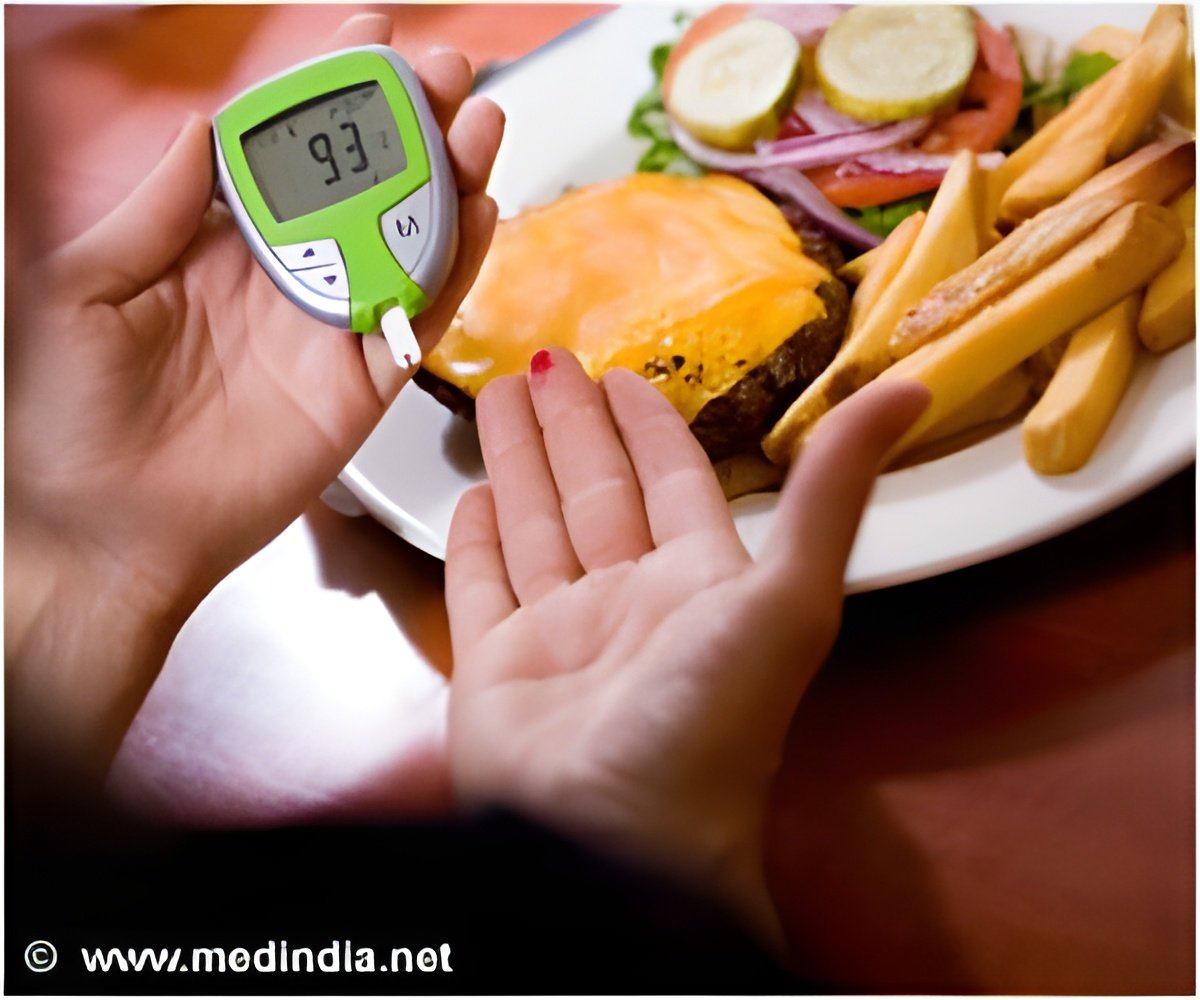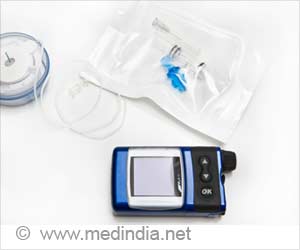A new research result from Aarhus University and the Steno Diabetes Center Aarhus has identified how diabetes affects stem cells residing in muscle to form fat and connective tissue, which has major clinical perspectives.

‘Human skeletal muscle fibro-adipogenic progenitors are associated with muscle degeneration in type 2 diabetic patients.’





Unhealthy skeletal muscle with an accumulation of connective tissue (fibrosis) and fat cells (called adipogenesis in medicine) damage the muscle’s function.Researchers also uncovered how gene expression occurs in an unhealthy cell compared to a healthy cell. Once they had identified the cells, they examined how the cells changed in a person with type 2 diabetes.
According to the researcher, because the same cells are present all over the body, we can envision that they are also responsible for the accumulation of fat and scar tissue in other organs.
This is to say that they probably play a major role in connection with e.g. heart failure, kidney failure, or liver failure in people.
In the study, researchers have examined how the treatment of diabetes with the medicine metformin, which is typically the initial choice for type 2 diabetics, affects the development of fibrosis-forming and fat-forming cells.
Advertisement
The research results, which have been published in the scientific journal Cell Metabolism, show that undesirable cell development may occur early in the onset of the disease.
Advertisement
Source-Medindia















